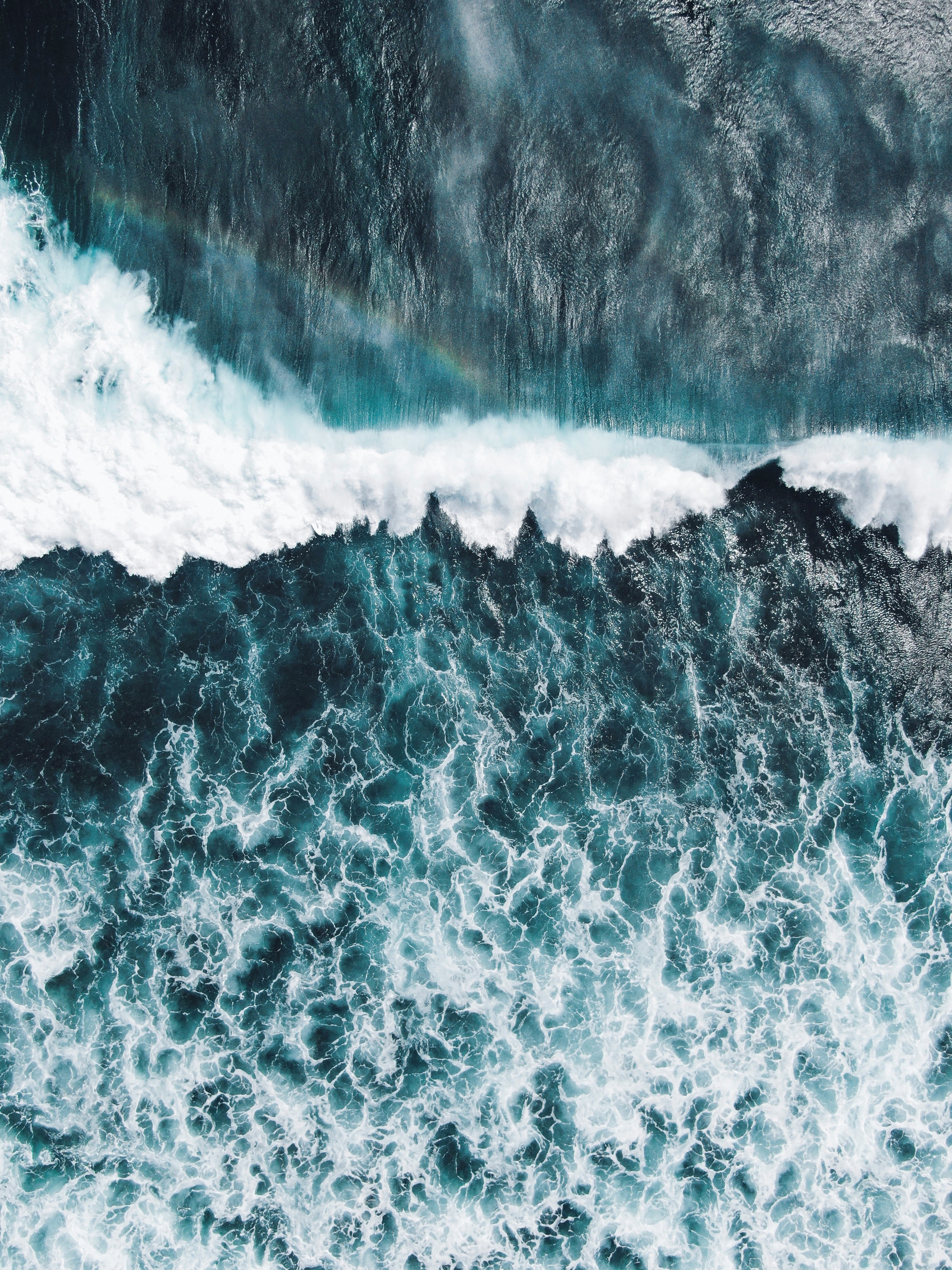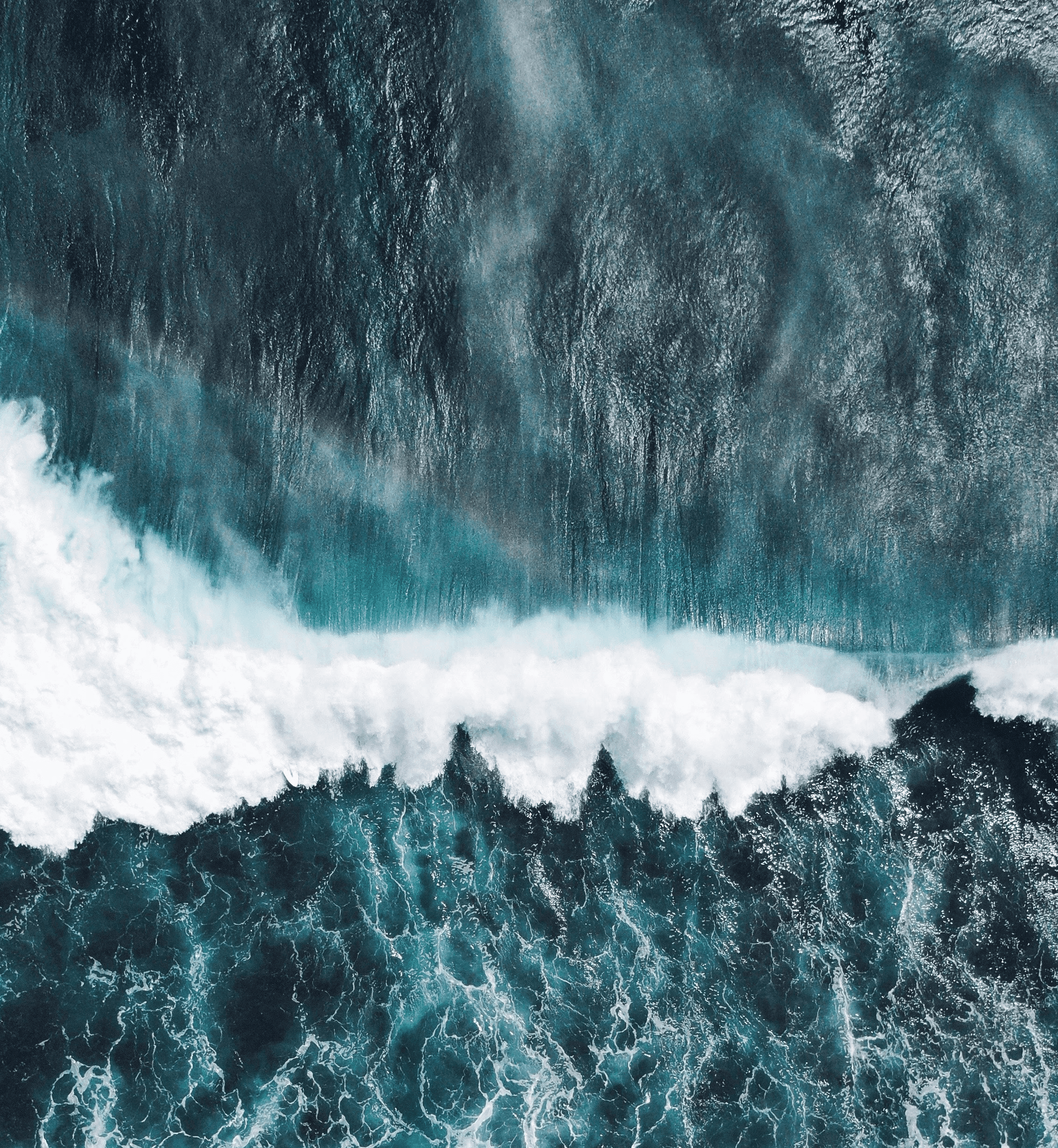If you are new to yachting, you will be surprised to see how much planning and time goes into creating the perfect table. Table setting is, without doubt, an art form, the level of detail orientation that goes into setting a table on a yacht can be daunting for green crew. CrewPass has combined the most helpful tips and advice from the best in the industry to give new crew an overview of table setting.
The Necessities
The necessities of table setting may seem trivial and a bit boring, but it is one of the most essential parts of the art form. Although making beautiful displays that wow the guests onboard is a stew’s aim, it is also important to ensure that the table is functional. Each guest will likely need a dinner plate, a butter plate, bowl, charger plate, glassware and cutlery. For cutlery, it is not uncommon for guests to require an oyster, fish, salad, dinner and dessert fork. Plus, a knife for fish, dinner and butter, and a soup and dessert spoon. Different drinks require different glassware, including champagne flutes, wine glasses, highball glasses, old fashion glass, rocks glass, shot glasses, margarita glasses, champagne coupes, martini glasses, red wine glasses, white wine glasses and many more! Plus, guests always require either water glasses, decanters or water pitchers to stay hydrated and to clear their palate between each meal. Stews use ice buckets and wine coolers to keep certain alcoholic beverages cool, such as champagne. Although not essential, items like table mats, napkins, table runners and coasters are customary for any table setting.
The Conditions
When planning a table setting, it is vital to measure and analyse conditions that may affect a layout or cause potential issues. Many conditions can affect a table design, including the lighting onboard. Depending on if it’s light out or dark out, this can affect how a stew designs a table. A stew may have to use candles for extra lighting or set a certain mood/atmosphere at night. Another issue that may arise is that maybe your captain doesn’t allow candles inside, so stews have to come up with another way of creating lighting. Consider what the weather is going to look like during the dinner. If you are unsure, you can ask the captain for a forecast! Many stews use rocks in flower vases to weigh down the decorations when it gets a bit windy at sea. In rougher weather, it is recommended to use decorations that are not too tall so that they are closer to the table and less likely to fall over. Food/cuisine affects what cutlery to put out; for example, chopsticks, snail tongs/forks, crab crackers are just a few utensils used on different occasions. Even things that may not seem like it would affect a table layout, such as the table’s shape or size and if the meal is plated or served buffet style.
The Solutions
Stews are always finding ways to be resourceful and find a solution to any issue that arises. Don’t have time to iron the napkins? Use anti-wrinkle spray!Weigh down decorations to stop them from moving or falling over in rougher weather.Lightly starch napkins and iron them to keep them in perfect shape and crease-free!If you go through a creative block, choose an easy monochrome colour scheme that is favourable and timeless.
Leaving the best to last… The design! Tablesetting allows stews to show off their incredible design skills and show off their creativity. The aim is always to leave your guests impressed! Symmetry is one of the most important aspects when designing a table, and every place setting must be identical to look professional and luxurious. Matching details is one way to display unity across the table. However, even if the details match, this doesn’t mean you can’t have a range of colour combinations or use various materials. One of the first things a stew should do is see if the boat has existing art/artefacts onboard to re-use creatively. But if there is something needed that isn’t already onboard, visiting a local market could be the solution. This way, you are bringing a bit of local culture onboard. Another creative way of resourcing decorations is collecting items on land like sand, shells, coral, sea glass, driftwood or pebbles from a local beach, coconuts, foliage, flowers and repurposing them by making them into a decorative item. Create drama with fancy napkin folds and napkin origami! Set the mood by using different materials such as gauze or chiffon. Plus, use china and crystal for a more luxurious setting.
Themed table setting can also create a sense of occasion. Some stews make seasonal table themes such as warm colour schemes in the autumn and brightly coloured decorations in the summertime. Or special events such as a proposal, birthday party, wedding, honeymoon, and anniversary can affect the table setting theme. Plus, holidays such as Christmas and other religious holidays, Valentines Day, Easter, Halloween and many more can affect how a table is designed. If you get stuck with creativity, CrewPass recommends looking at Pinterest for inspiration and stews on social media who are known for their table setting skills, such as Bugsy Drake (the writer of The Art Of Tablescaping).
Keep up to date with CrewPass’ blogs (posted every Wednesday) to get tips, tricks, advice and stories surrounding the yachting industry.





